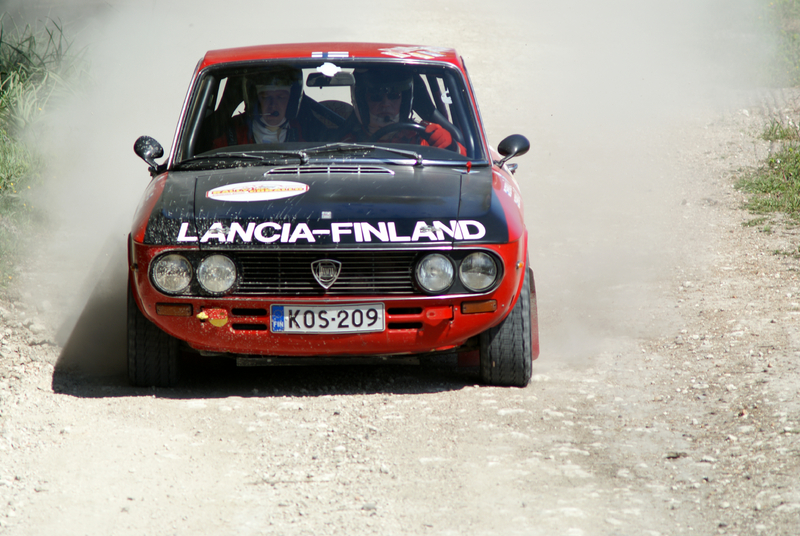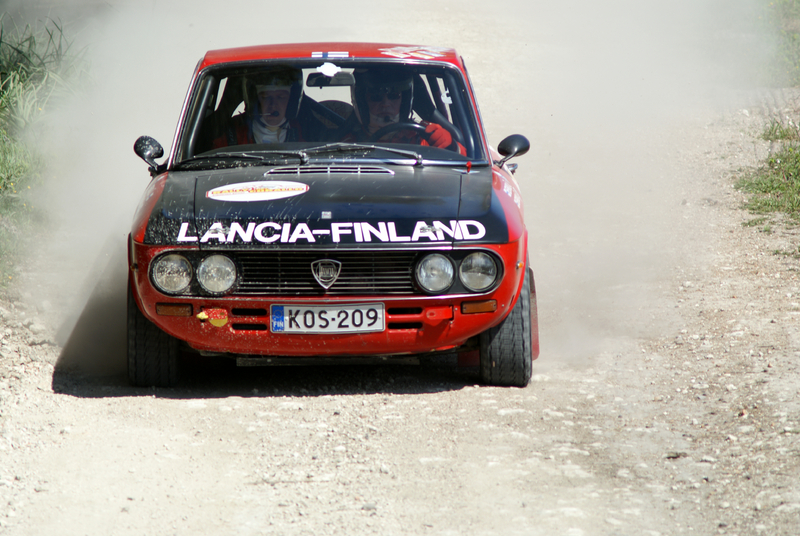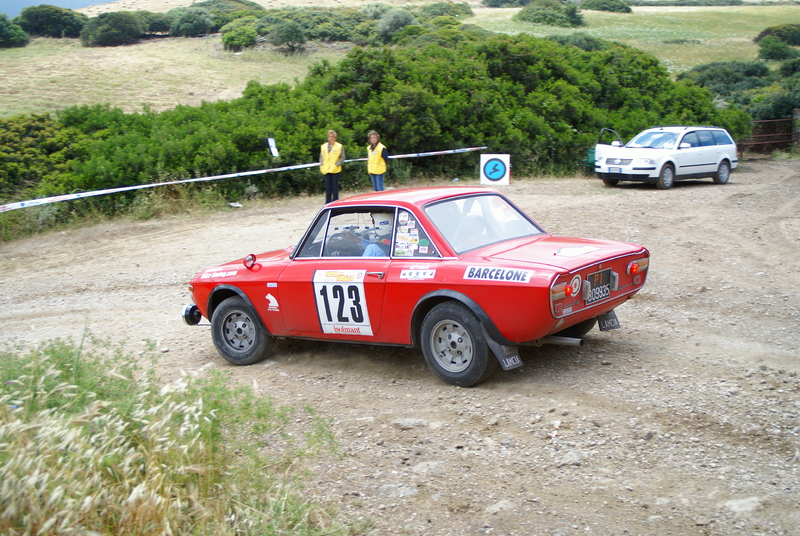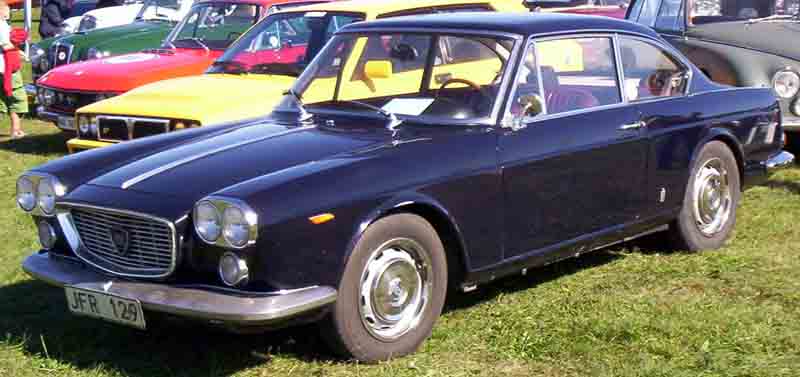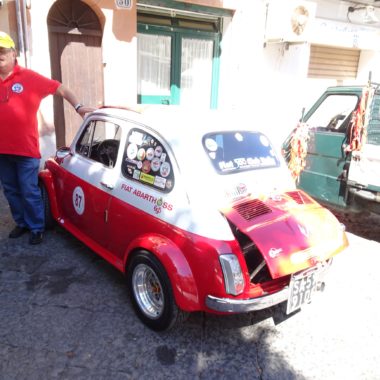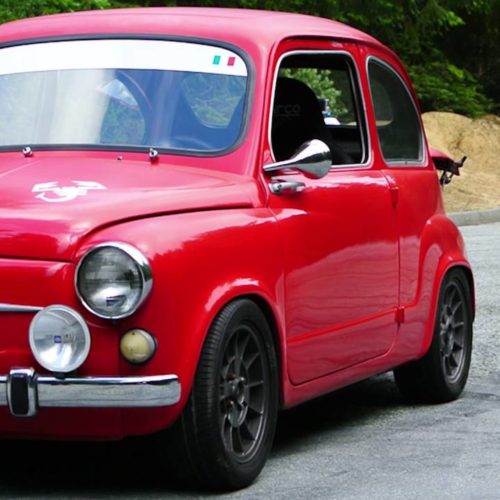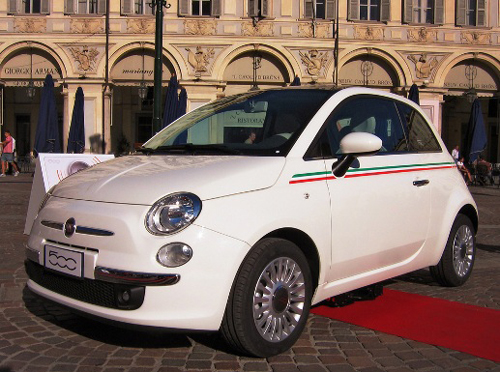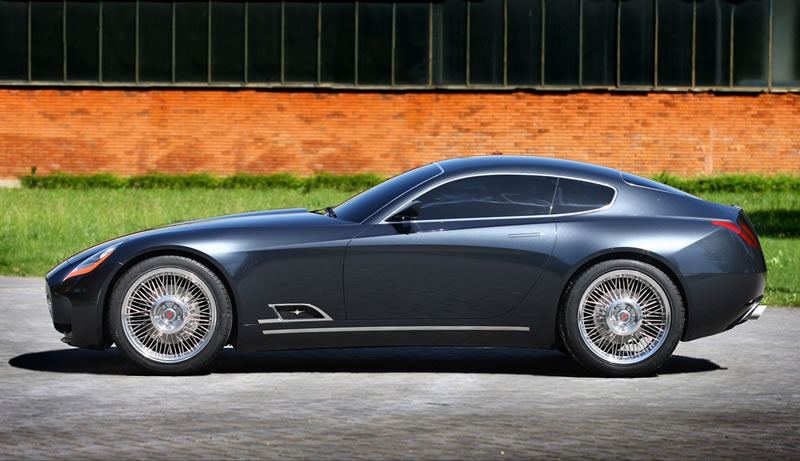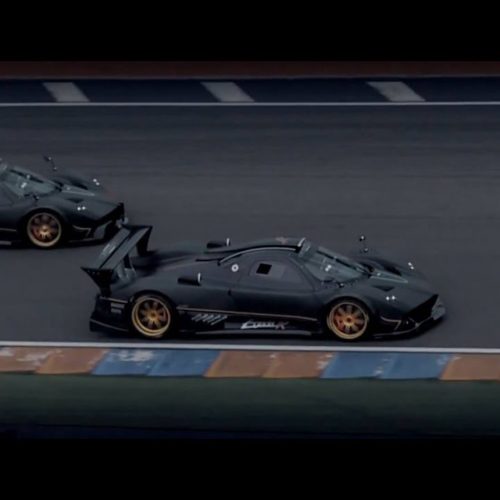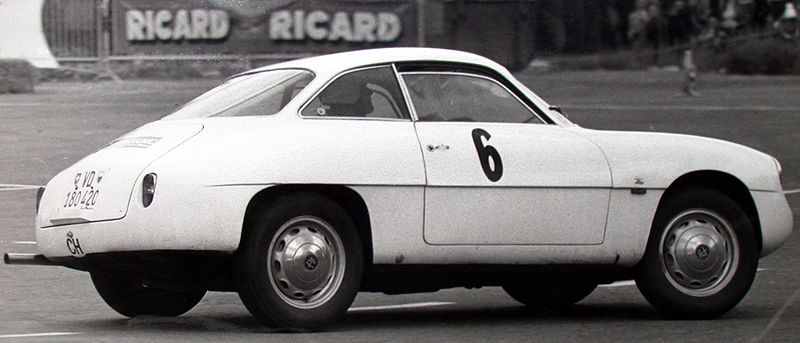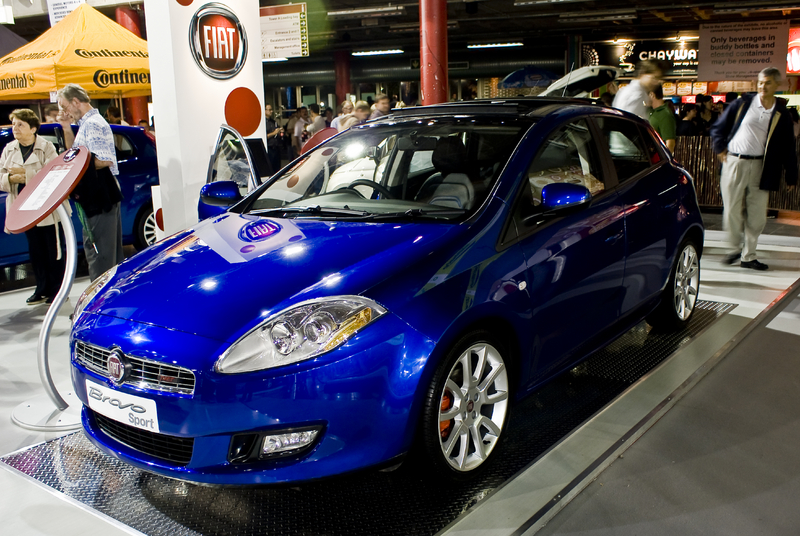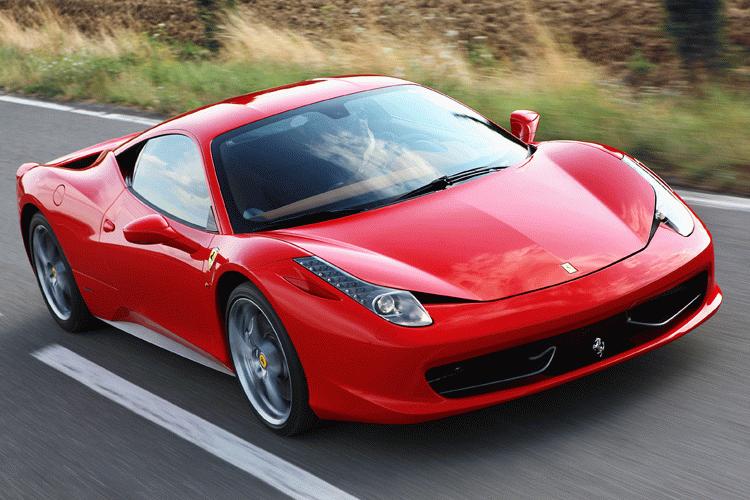At the 1963 Geneva Motor Show the Italian car manufacturer Lancia introduced the Fulvia, a model they would produce until 1976. Fulvia cars even won the International Rally Championship in 1972. While testing this car and its engine in 1967 Road & Track magazine described the car as being a precise machine with state of the art engineering.
Lancia Fulvia
Specifications of Lancia Fulvia
Antonia Fessia designed the Fulvia Berlina to replace the Lancia Appia, although the cars did not have any components in common. The Fulvia was a front wheel drive like the Flavia and the Appia was a rear wheel drive. The basic engineering design of the Fulvia was similar to Flavia, but the major change was in the engine. Where the Flavia had a four cylinder placed horizontally against the engine the Fulvia had a “Narrow Angle” configuration.
The Fulvia had a longitudinal engine fit in front of the transaxle, as well as independent suspension using the wishbones in the front and the leaf spring. The first series of Fulvias had Dunlop disc brakes, while the second generation, introduced in 1970, had a brake upgrade with bigger Girling calipers and brake servos. There was also a change in the hand brake design.
The car had a narrow-angle V4 engine. The car had a DOHC design with one camshaft operating the exhaust valves and another operating all intake valves. The narrow angle of the cylinders allowed the use of a single cylinder head.
Fulvia Models
The Fulvia had three versions: the Berlina, Coupe and the Sport.
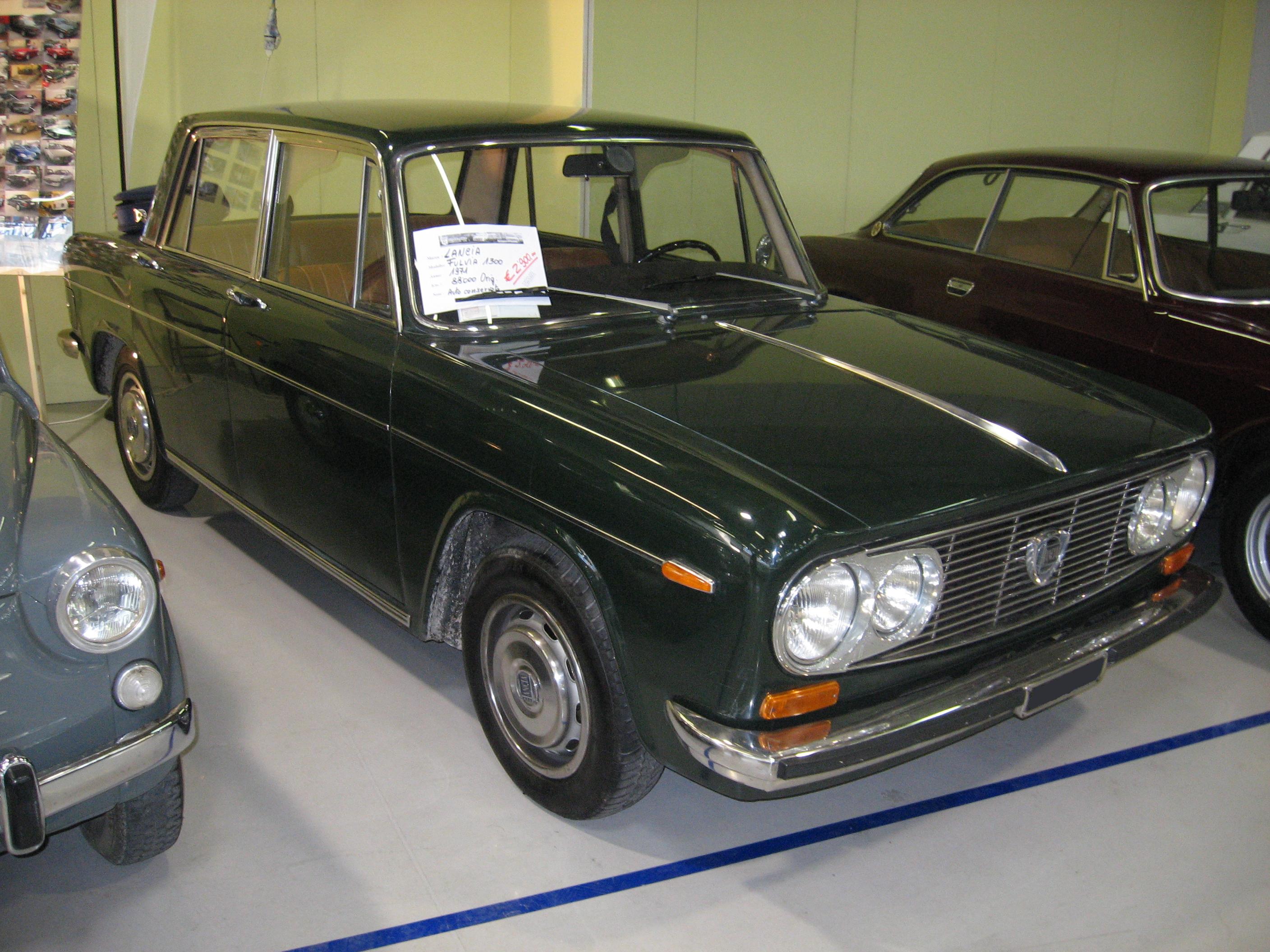
Berlina – introduced in 1963. It was a compact, 4-door car with a 1098 cc engine, 58 bhp and 5800 rpm.
The model called Berlina 2C – An updated version launched during late 1963 with 71 bhp, its engine had twin Solex carburetors and the body-shell had front updated subframe mountings.
The model of Berlina GT – Launched in 1967 this model featured a 1216 or 1231 cc engine with 80 bhp at 6000 rpm and 1199 cc 79 bhp.
Berlina GTE -in 1968 with an updated 1298 cc engine with 87 bhp at 6000 rpm.
Berlina S2 – The Berlina Series 2 was launched in 1969 and had a 1298 cc engine. It featured a new body with a longer wheel base.
Berlina ‘S2– in 1970. This model had a 5-speed gear box and 128 cc engine. The manufacturer also used Bigger Girling calipers and pads. At least compared to the Series 1 cars.
Lancia Fulvia Run.
The coupe models
Coupe, 1965 – and it was a two door compact car. The car had a 150 mm shorter wheelbase with the bigger 1216 or 1231 cc engine producing 80 bhp with 6000 rpm.
Coupe HF – It had a 1216 cc engine with 88 bhp and 6000 rpm. The car body had innovative aluminum doors, bonnet and bootlid combined with rear windows and plexiglass side.
Coupe 1.3s, 2nd Series – The new model had a new 5-speed gear box with 1298 cc engine and the body of the car also got a facelift. The engine produced 90 hp at 6000 rpm.
Coupe 1600HF, 2nd Series – This version got a steel body and a facelift along with a 1584 cc engine producing 115 hp with 6000 rpm. The body structure changed. From the basic 1.3 coupe to the”flared” wheel arches. Lusso models had more trim and bumpers. These “luxury” models were mainly for export.
Coupe 1.3s Montecarlo – The 1.3s was an exact copy of 1972 Montecarlo Rally works, it had 1298 cc engine producing 90 hp with 6000 rpm. This model had a body shell of 1600HF. On the front, it had fog lights and no bumpers. However, the cars featured the 4.5J light steel wheels of the standard 1.3 Coupe.
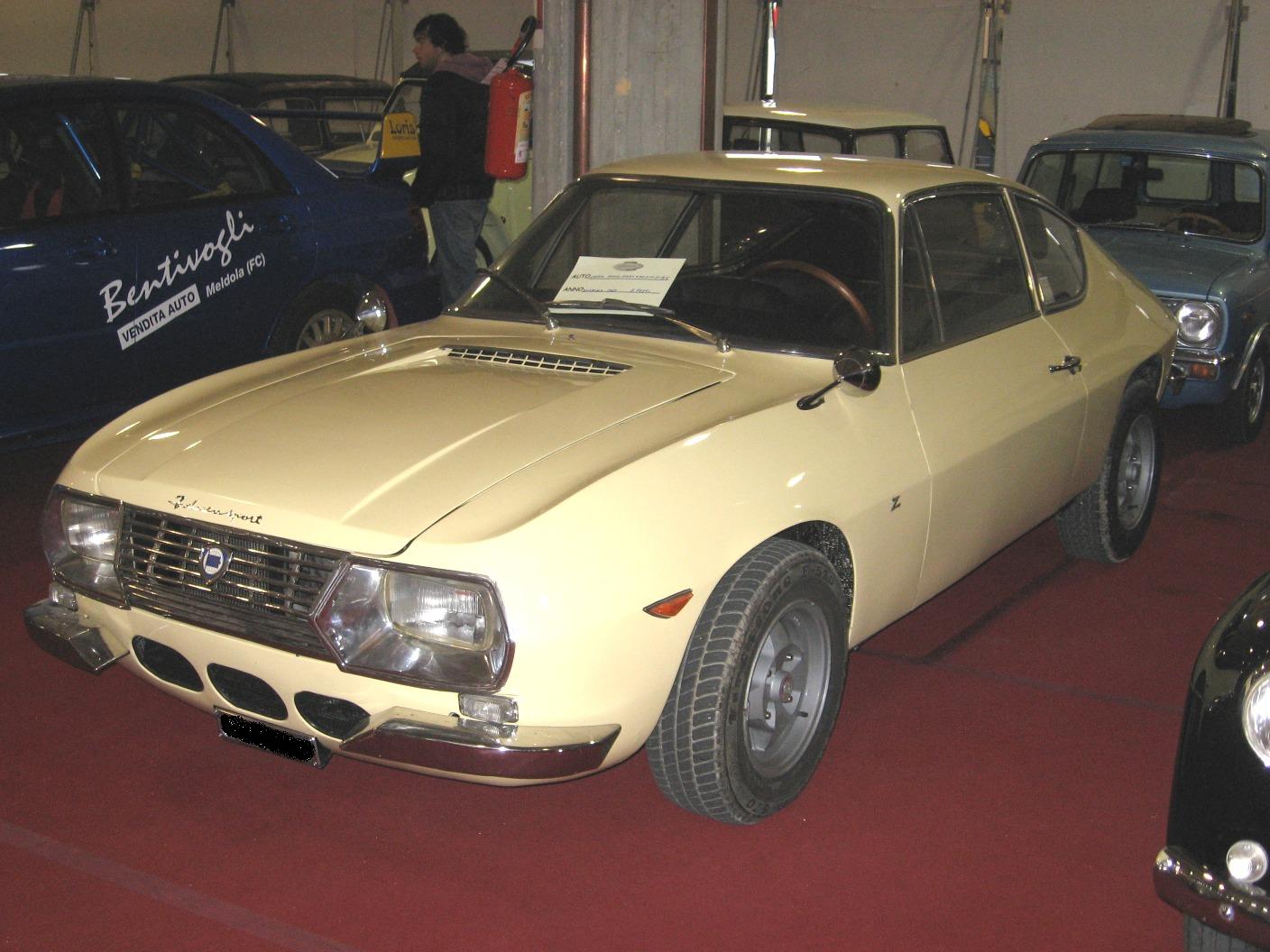
Coupe 1.3s Safari – A special edition of the standard Coupe that came with a special trim and exterior badges along with 4.5J lingh alloy wheels.
Coupe Fulvia 3 – in 1974. It had redesigned seats, instrument dials, and an upgraded range of trim colors, options and materials. The mechanism was the same as the previous 1.3s S2 Coupes with an exception of the emission control on the solex carburetors.
Indeed, the model Fulvia was iconic. But so was another Lancia model: the Flavia. Find out more here.
